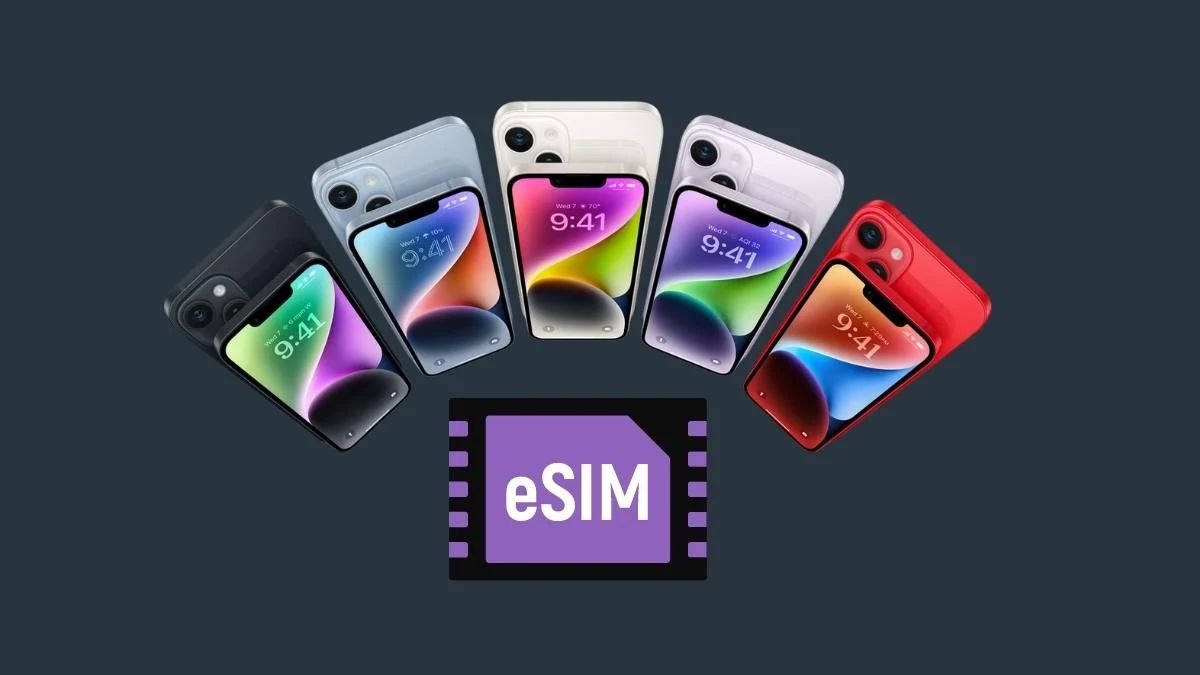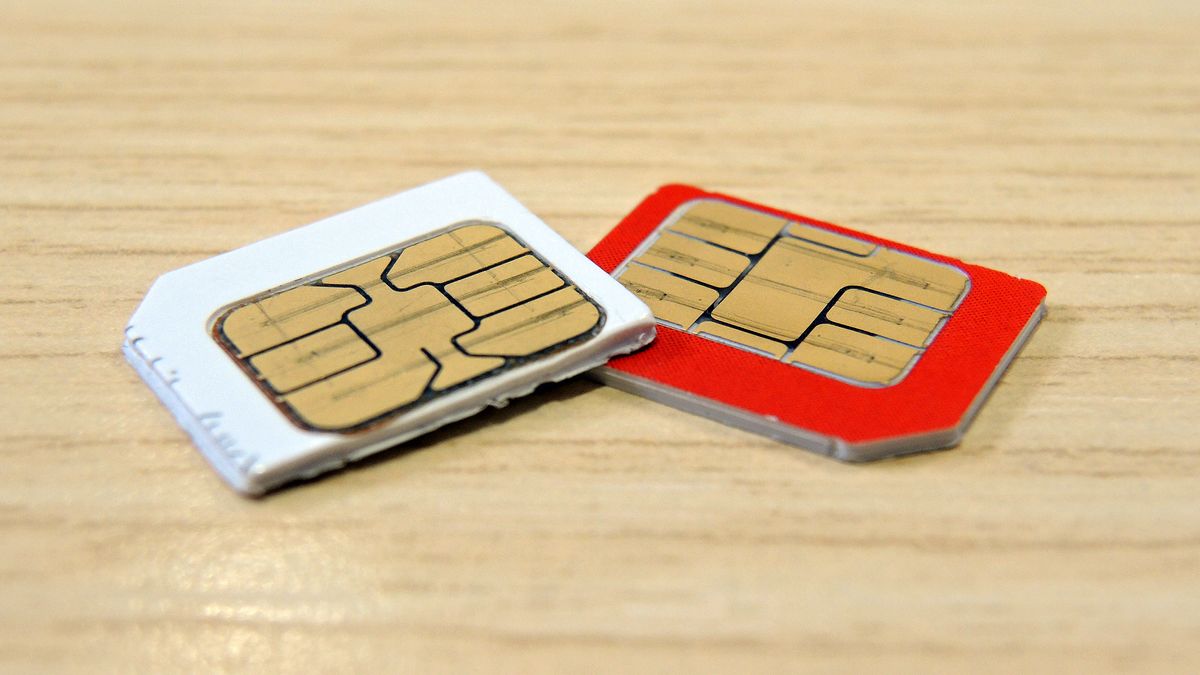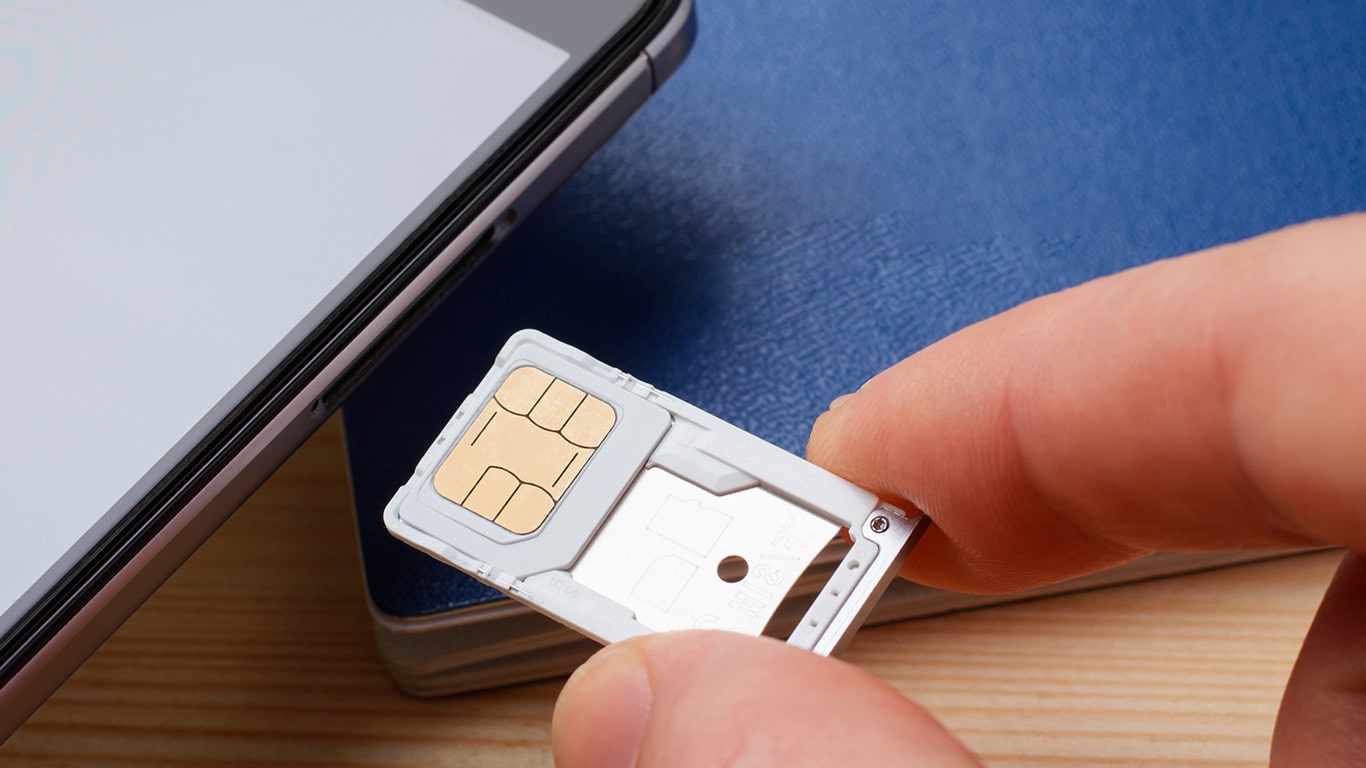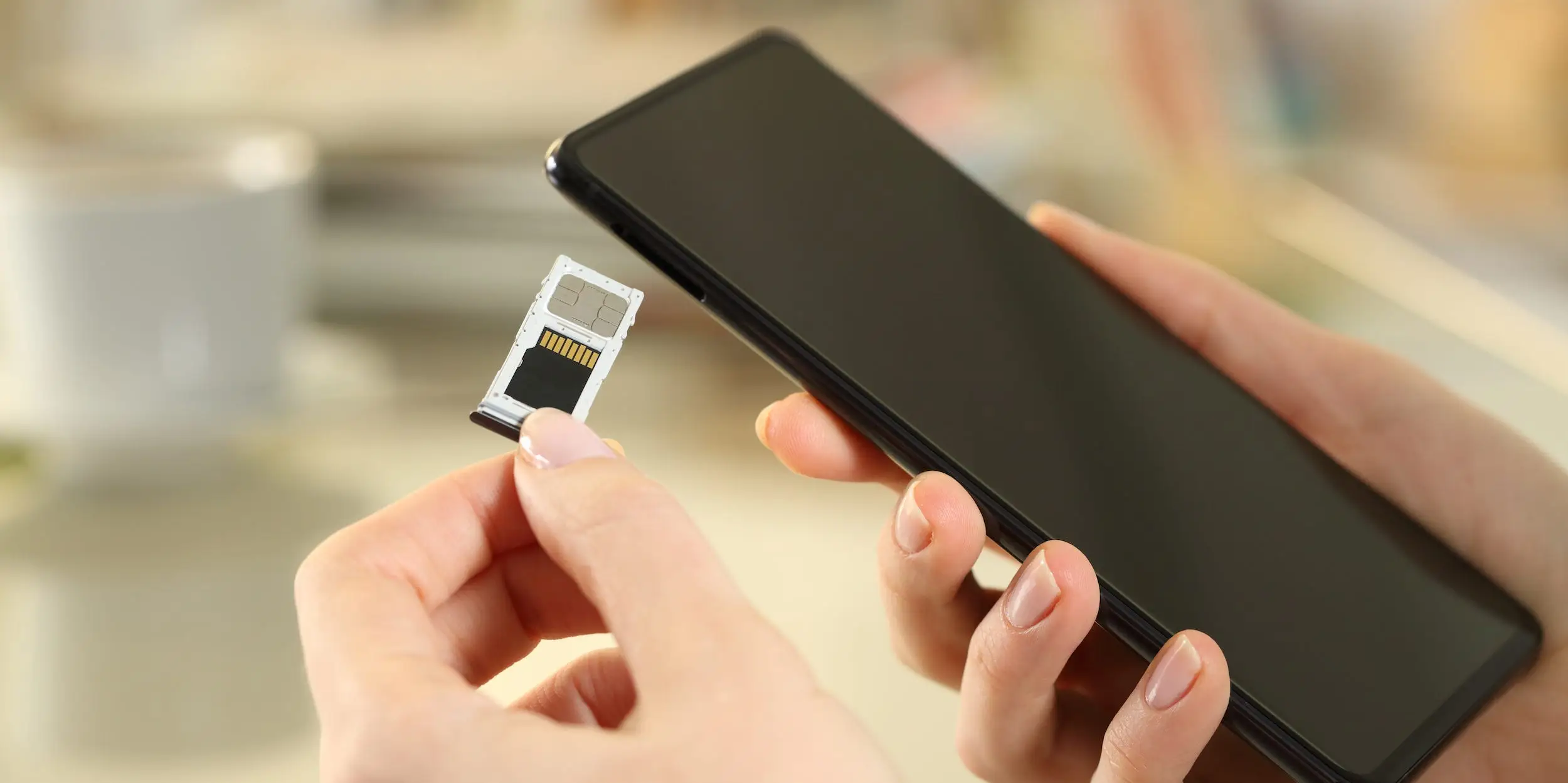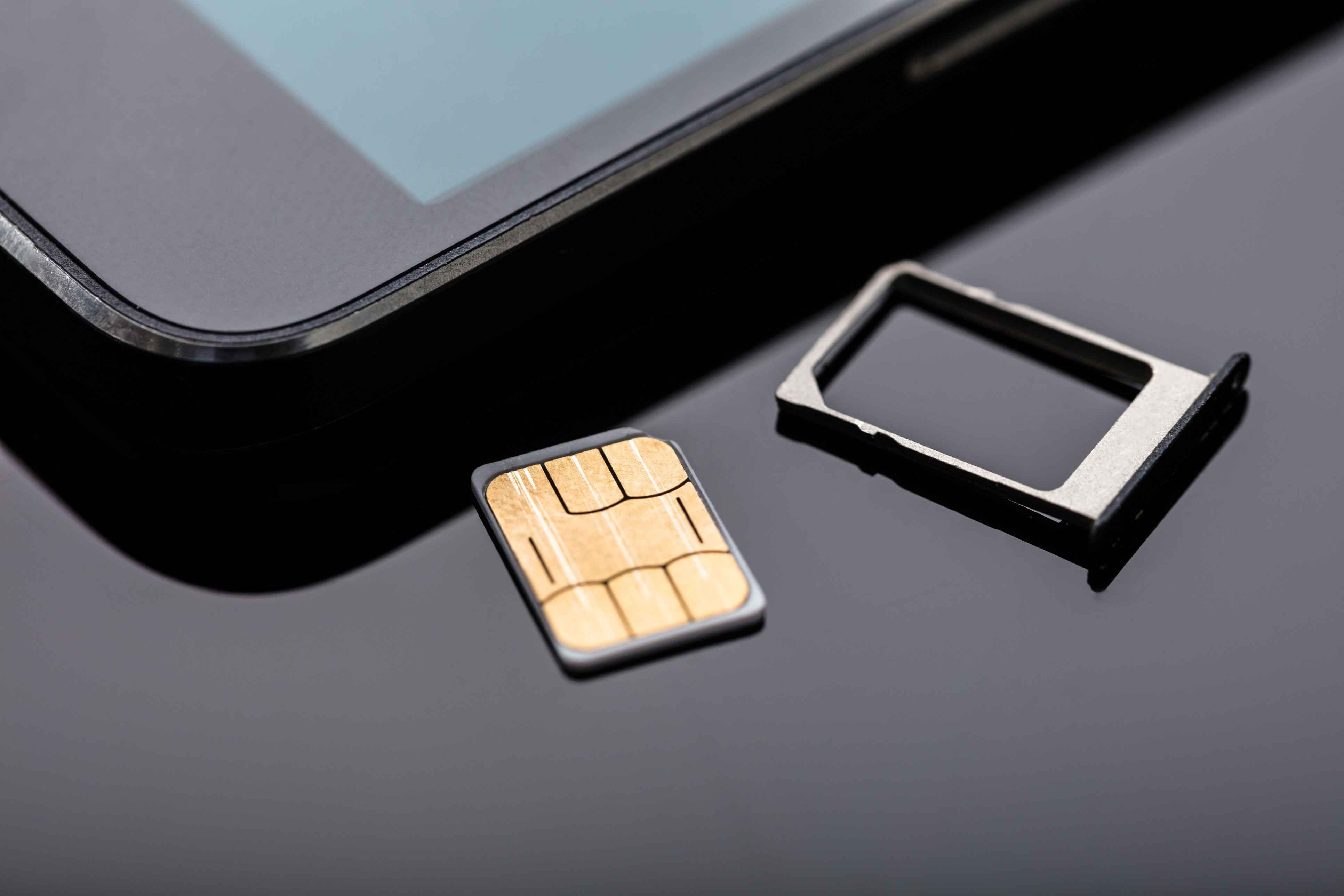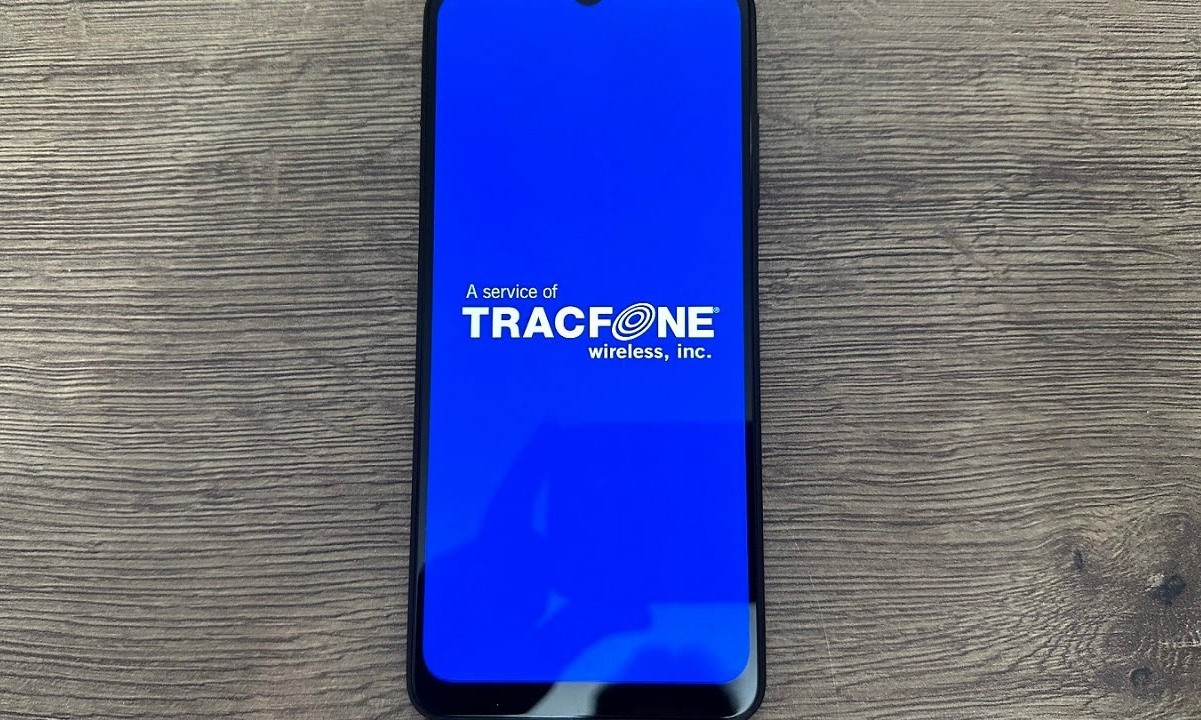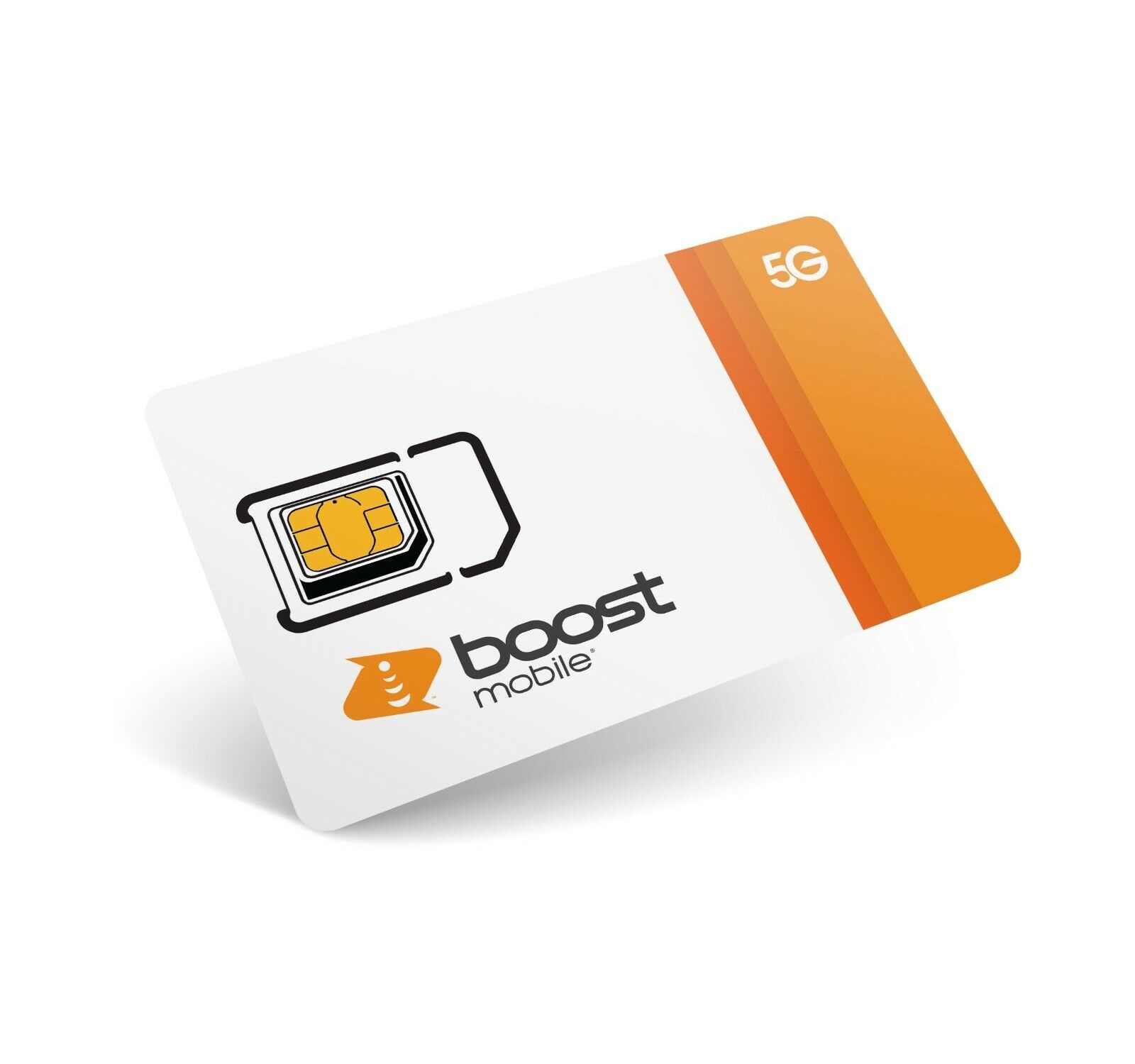Introduction
Transferring data from a SIM card to a new phone is a crucial step when upgrading to a new device or switching to a different mobile carrier. Your SIM card holds essential information such as contacts, text messages, and in some cases, even photos and videos. Ensuring that this data seamlessly transitions to your new phone is essential for maintaining connectivity and access to your personal information.
In this article, we will explore the easy steps to transfer data from your SIM card to a new phone. Whether you're upgrading to the latest smartphone or simply need to switch to a new device, this guide will provide you with the necessary information to ensure a smooth transfer process. By following these steps, you can avoid the inconvenience of losing important contacts and messages, allowing you to seamlessly transition to your new phone without missing a beat.
Now, let's delve into the step-by-step process of backing up your SIM card data, inserting the SIM card into your new phone, and transferring the data to your new device. With these simple yet crucial steps, you can effectively transfer your SIM card data and embrace the exciting features of your new mobile device.
Step 1: Backing up SIM Card Data
Backing up the data stored on your SIM card is the first and most crucial step in the process of transferring it to a new phone. While SIM cards primarily store contact information, they may also contain text messages and other essential data. To ensure that none of this information is lost during the transfer process, it's important to create a backup of the SIM card data. Here's how you can easily accomplish this:
-
Export Contacts: Most modern smartphones offer the option to export contacts to the device's internal storage or a cloud service. Navigate to the contacts app on your current phone and look for the option to export contacts. Select the SIM card as the source and choose the destination as either the phone's internal storage or a cloud service such as Google Contacts or iCloud.
-
Save Text Messages: If your SIM card contains important text messages, consider using a third-party app to back them up. There are several SMS backup apps available on app stores that allow you to save your text messages to your phone's internal storage or a cloud service. Once the messages are backed up, they can be easily transferred to your new phone.
-
Photo and Video Backup: While not all SIM cards store multimedia content, some may contain photos or videos. If this is the case, it's important to transfer these files to your new phone before switching SIM cards. Use the file manager on your current phone to locate and transfer any multimedia files stored on the SIM card to the phone's internal storage or a cloud service.
By following these simple steps, you can ensure that all the data stored on your SIM card is safely backed up and ready to be transferred to your new phone. Taking the time to complete this crucial step will help you avoid the risk of losing important contacts, messages, or multimedia files during the transition to your new device.
Once you have successfully backed up your SIM card data, you can proceed to the next step of inserting the SIM card into your new phone and initiating the transfer process. This will allow you to seamlessly transition to your new device with all your essential data intact and ready for use.
Step 2: Inserting SIM Card into New Phone
After successfully backing up the data from your SIM card, the next step is to insert the SIM card into your new phone. This process is essential for establishing connectivity and ensuring that your new device can access the data stored on the SIM card. Here's a detailed guide on how to effectively insert your SIM card into your new phone:
-
Locate the SIM Card Tray: The location of the SIM card tray may vary depending on the make and model of your new phone. Typically, the SIM card tray is located on the side of the device. Check the user manual or manufacturer's website for specific instructions on locating the SIM card tray for your particular phone.
-
Power Off Your New Phone: Before inserting the SIM card, it's important to power off your new phone to prevent any potential damage to the SIM card or the device itself. Ensure that the phone is completely powered down before proceeding to the next step.
-
Eject the SIM Card Tray: Most modern smartphones come with a SIM card ejection tool or a small pin for ejecting the SIM card tray. Insert the provided tool into the small hole next to the SIM card tray to release it. Gently pull out the SIM card tray once it is ejected from the phone.
-
Align and Insert the SIM Card: Carefully remove the SIM card from its previous holder and ensure that it is aligned correctly with the SIM card tray. The SIM card will have a notched corner that matches the shape of the SIM card tray. Place the SIM card into the tray, ensuring that it fits securely without any forceful pressure.
-
Reinsert the SIM Card Tray: Once the SIM card is securely placed in the tray, carefully slide the SIM card tray back into the phone until it is flush with the device. Ensure that the tray is inserted in the correct orientation to avoid any potential damage to the SIM card or the phone.
-
Power On Your New Phone: After successfully inserting the SIM card, power on your new phone and allow it to recognize the SIM card. Once the device is powered on, you should see your network signal indicator appear, indicating that the SIM card has been successfully recognized and activated.
By following these simple yet crucial steps, you can effectively insert your SIM card into your new phone, ensuring that it is securely placed and ready for use. This process is essential for establishing connectivity and enabling access to the data stored on your SIM card, allowing you to seamlessly transition to your new device with all your essential data intact and accessible.
Step 3: Transferring SIM Card Data to New Phone
Transferring the data from your SIM card to your new phone is the final step in the process of seamlessly transitioning to a new device. Once your SIM card is inserted into the new phone, it's essential to ensure that all the data, including contacts, text messages, and other essential information, is successfully transferred and accessible on the new device. Here's a detailed guide on how to effectively transfer your SIM card data to your new phone:
-
Import Contacts: Once your SIM card is inserted into the new phone, navigate to the contacts app and look for the option to import contacts from the SIM card. Most smartphones offer this feature, allowing you to easily transfer all your contacts to the new device's internal storage. By importing the contacts, you ensure that all your essential contact information is readily accessible on your new phone.
-
Transfer Text Messages: If your SIM card contains important text messages, you can transfer them to your new phone using built-in messaging apps or third-party SMS backup tools. Some smartphones provide the option to import messages from the SIM card, while others may require the use of third-party apps to transfer the text messages. Once the messages are successfully transferred, you can access them seamlessly on your new device.
-
Sync Multimedia Files: In the event that your SIM card contains multimedia files such as photos or videos, it's important to sync these files to your new phone's internal storage or a cloud service. Use the file manager on your new device to locate and transfer any multimedia files from the SIM card, ensuring that they are readily accessible for viewing and sharing.
-
Verify Data Transfer: After completing the transfer process, take a moment to verify that all the essential data from your SIM card is accessible on your new phone. Check the contacts, text messages, and multimedia files to ensure that nothing has been overlooked during the transfer process. This step is crucial for confirming that your new phone is fully equipped with all the data from your SIM card.
By following these simple yet crucial steps, you can effectively transfer the data from your SIM card to your new phone, ensuring that all your essential information is seamlessly accessible on the new device. This process allows you to embrace the features of your new phone while maintaining connectivity and access to your contacts, messages, and multimedia files. With the data successfully transferred, you can confidently enjoy your new device without any concerns about missing or inaccessible information.
Conclusion
In conclusion, the process of transferring data from a SIM card to a new phone is a critical step when upgrading to a new device or switching to a different mobile carrier. By following the easy steps outlined in this guide, you can ensure a seamless transition while retaining access to your essential contacts, text messages, and multimedia files.
Backing up the data from your SIM card is the foundational step in this process. By exporting contacts, saving text messages, and backing up any multimedia files, you can safeguard your valuable data and prepare it for transfer to your new phone. This proactive approach minimizes the risk of data loss and ensures that all your important information remains intact during the transition.
Inserting the SIM card into your new phone is the next crucial step. By carefully aligning and inserting the SIM card into the device, you establish connectivity and enable access to the data stored on the SIM card. This straightforward process sets the stage for the final step of transferring the SIM card data to your new phone.
Transferring the data from your SIM card to your new phone completes the transition process. Importing contacts, transferring text messages, and syncing multimedia files ensure that all your essential information seamlessly transitions to the new device. By verifying the successful transfer of data, you can confidently embrace the features of your new phone without any concerns about missing or inaccessible information.
In essence, the easy steps of backing up SIM card data, inserting the SIM card into your new phone, and transferring the data to the new device empower you to seamlessly transition to a new phone while maintaining access to your critical data. This process ensures that you can fully embrace the capabilities of your new device without the worry of losing important contacts, messages, or multimedia files.
By understanding and following these simple yet crucial steps, you can confidently navigate the process of transferring data from a SIM card to a new phone, allowing you to embark on a new mobile experience with all your essential information readily accessible and seamlessly integrated into your new device.







